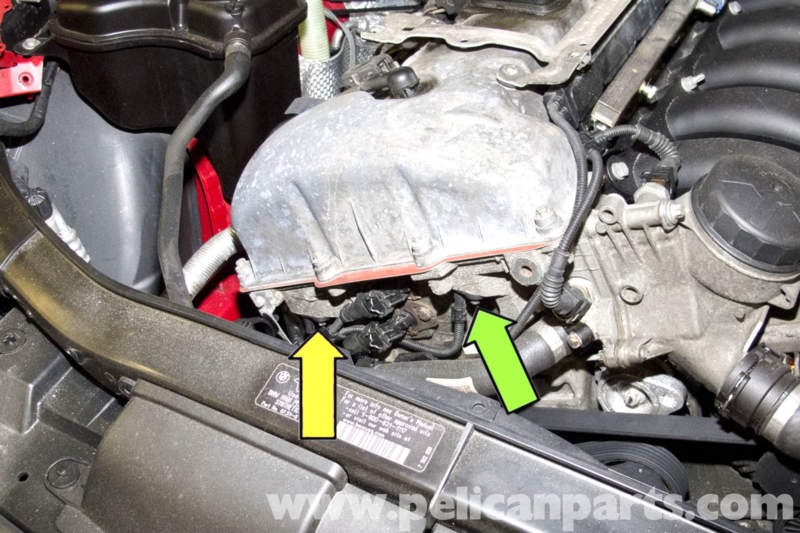Bmw Code 2f44 indicates a problem with the electronic car immobilization system (EWS), often preventing the engine from starting. This issue can stem from various sources, ranging from a simple key fob malfunction to more complex module communication errors. This article delves into the common causes of the 2F44 fault code and outlines potential solutions to get your BMW back on the road.
Common Causes of BMW Code 2F44
The 2F44 code signifies a communication breakdown between the EWS (also known as the CAS module or immobilizer) and the DME (Digital Motor Electronics). This disruption prevents the engine from starting, often resulting in a “no crank” situation. Here are some of the most frequent culprits:
Key Fob Issues:
- Weak Battery: A low battery in your key fob can hinder communication with the EWS, triggering the 2F44 code.
- Key Fob Malfunction: Internal damage or wear and tear within the key fob can prevent it from transmitting the necessary signal to the car.
- Key Not Recognized: The EWS might not recognize the key, even if it appears functional. This could be due to key damage, deprogramming, or issues with the key reader in the car.
Battery Problems:
- Low Voltage: A low battery voltage can disrupt the EWS and its synchronization with the DME. BMWs are sensitive to voltage fluctuations, and even a slightly discharged battery can cause issues.
- Battery Age: Batteries older than three years are more prone to failure and voltage instability, increasing the likelihood of triggering the 2F44 code.
EWS-DME Communication Failure
- Faulty Wiring: Damaged or corroded wiring connecting the EWS and DME can interrupt communication.
- Module Malfunction: In rare cases, a malfunction within the EWS or DME module itself can be the root cause.
Diagnosing and Resolving BMW Code 2F44
Addressing the 2F44 code requires systematic diagnostics. Here’s a breakdown of the process:
1. Preliminary Checks:
- Try a Spare Key: If you have a spare key, try using it to start the car. This helps determine if the issue lies with the original key.
- Check Battery Voltage: Test the battery voltage using a multimeter. A healthy BMW battery should read between 12.4 and 13.0 volts. Consider a load test for a more comprehensive assessment.
2. Professional Diagnostics:
- Scanner Diagnosis: A professional-grade scanner is crucial to read and interpret fault codes, monitor sensor data, and perform necessary resets and alignments.
- Key Identification Check: Use the scanner to verify if the EWS recognizes the key.
- Module Alignment: If the key is recognized but the issue persists, an alignment procedure between the DME and EWS might be necessary. This often requires dealer-level software.
3. Potential Solutions:
- Key Replacement: If the key is faulty or not recognized, replacement is necessary. Crucially, only genuine BMW keys programmed to your car’s VIN will work. Aftermarket keys are typically incompatible.
- Battery Replacement: If the battery voltage is low or the battery is old, replace it with a new one and register it to the car using a diagnostic scanner.
- Wiring Repair: Inspect the wiring between the EWS and DME for damage and repair or replace any faulty connections.
- Module Repair/Replacement: In cases of module malfunction, repair or replacement might be required. This is a more complex procedure best handled by a qualified BMW technician.
Conclusion
The BMW 2F44 code, while potentially disruptive, is often resolvable with proper diagnosis and appropriate action. Start with basic checks like trying a spare key and assessing battery voltage. However, professional diagnostics with a specialized scanner are usually essential for accurate diagnosis and effective solutions. Remember, using genuine BMW parts and consulting with experienced technicians are critical for ensuring long-term reliability and avoiding further complications.
